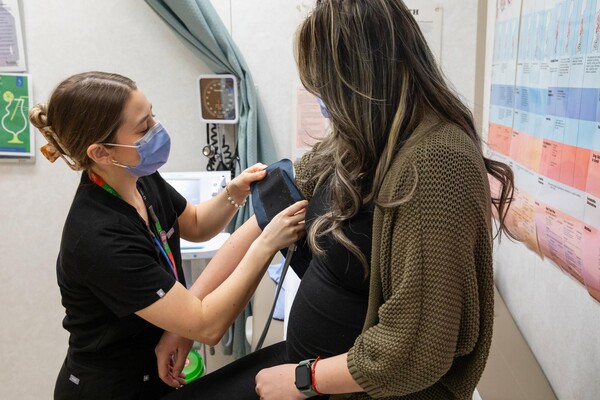Apr 14, 2025
Radical or simple hysterectomy? Gynecologic-oncology researcher says post-operative sexual health must be considered
Faculty, Research
Sarah Ferguson joins journal podcast to discuss her team’s study that changed the standard of care for patients with early-stage cervical cancer

Sarah Ferguson



